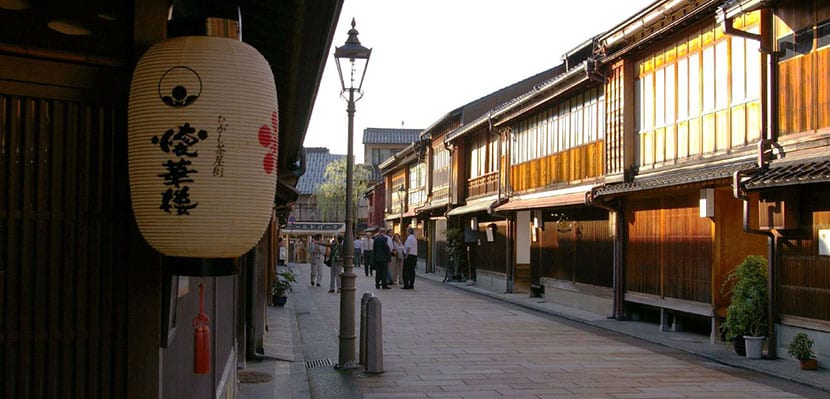
I am organizing a new trip to Japan, a country with which I have fallen madly in love. My fourth trip, so I have to sharpen the pencil and discover destinations and experiences. Unbelievably I've never set foot in KanazawaFor one thing or another I have always skipped this charming city. Little time, very cold, tokyo addiction...
But this time I am going to Kanazawa and not only that, I am staying a couple of nights to live it better. If you are thinking of getting to know Japan do not make my mistake and take a little time to go to Kanazawa, with the Japan Rail Pass it is a bargain and you can make a fabulous day trip. Aim!
Kanazawa
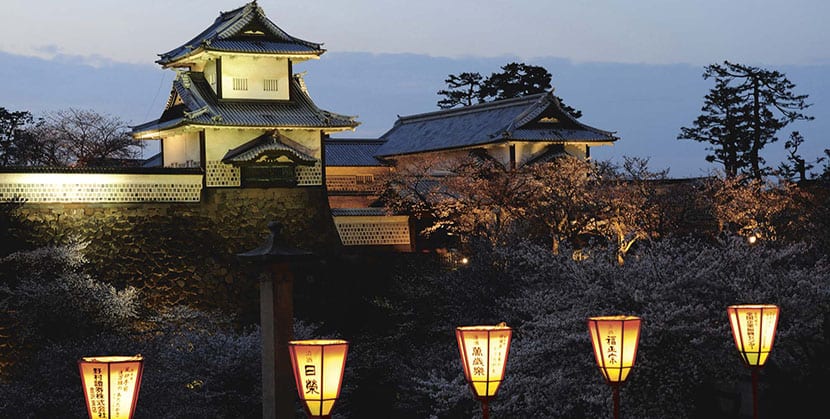
In feudal times the most powerful clan in Japan was the Tokugawa family but immediately after it was the Maeda family. The headquarters of this powerful clan was precisely the city of Kanazawa so at some point it was comparable to Kyoto or ancient Tokyo, Edo.
The best of all is that the terrible bombs of WWII didn't make a dent. Both Kyoto and Kanazawa escaped destruction so today you have valuable architectural treasures to see. It is currently the capital of Ishikawa Prefecture so let's see how to get there and what to know.
How to go to Kanazawa
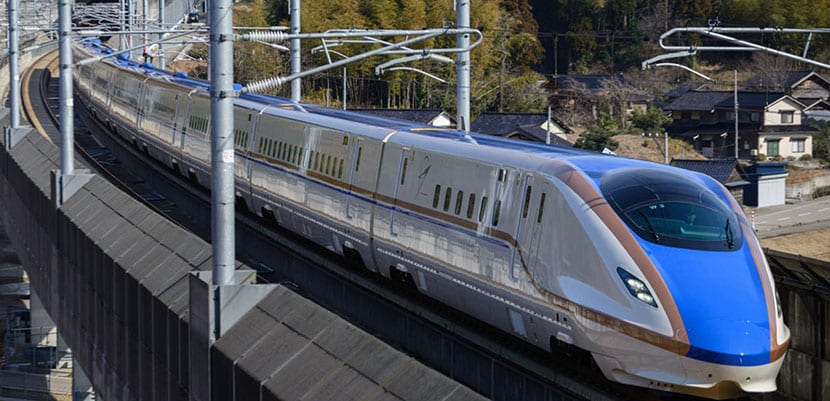
It all depends on your point of origin. If you are in Tokyo the fastest way is to do it in shinkansen, the Japanese bullet train. Much more if you have the Japan Rail Pass, otherwise the trip will cost you a whopping $ 140 one way, taking a maximum of three hours. Much cheaper is the bus, daily and nightly, with a rate of around 45 dollars, but it takes about seven or eight hours. Obviously you can also go by plane but the prices exceed 200 dollars.
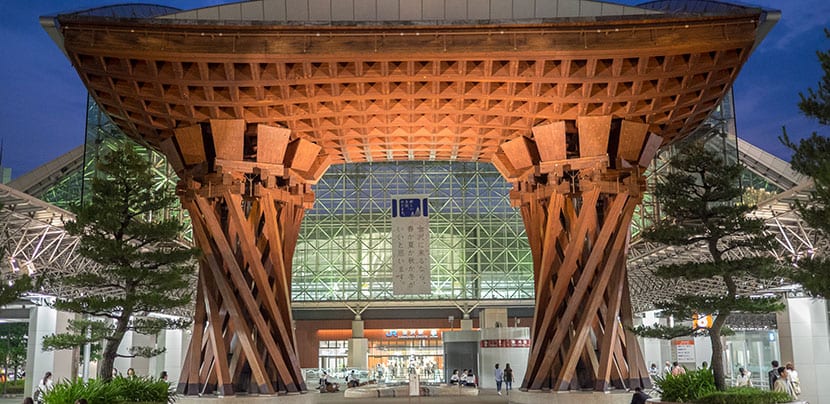
In my case, I will reach Kanazawa from Lake Kawaguchiko so yes or yes I have to return to Tokyo to take the shinkanen because there are no direct trains or buses between the lake and Kanazawa. And once in the city how do you get around? Well, if you like to walk, on foot, everything is quite close. If you can't take the Kanazawa Loop Bus connecting the main station with many attractions.
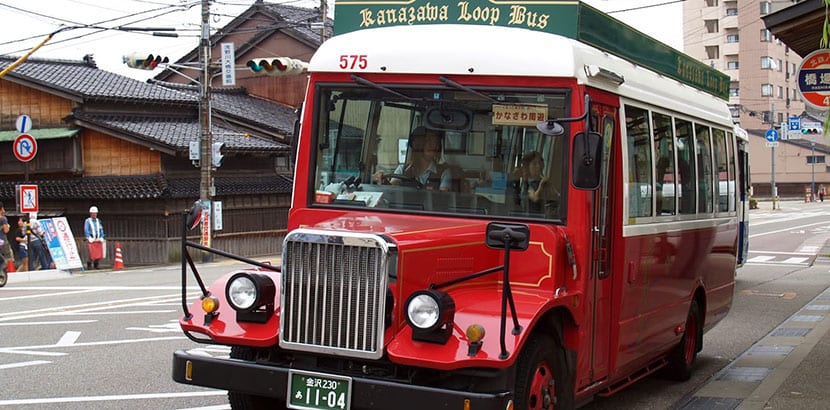
This loop-bus passes every 15 minutes in both directions and it's very cheap, about two dollars nothing more. There is another more tourist bus that is the Kenrokuen Shuttle that leaves the station every 20 minutes and costs a dollar per trip and two on weekends or holidays. It connects the station with the Kenrouken Garden, the most beautiful in all of Japan. You can take advantage of and buy the 24-hour bus pass that allows the use of buses and grants a discount at certain tourist sites.
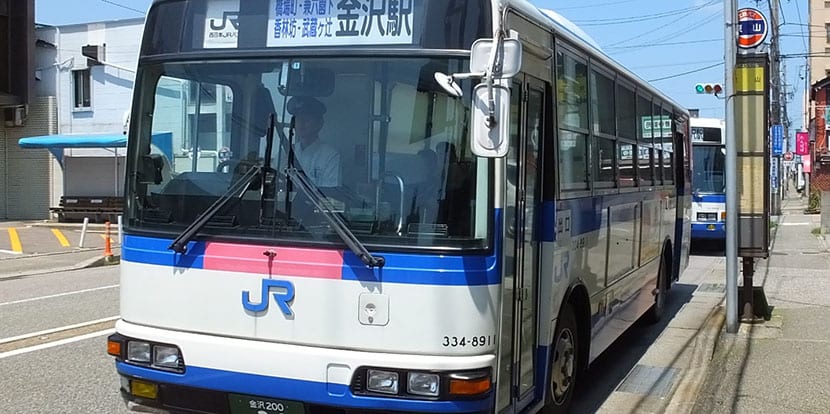
There is a JR bus also where you can make use of the JRP and it goes from the station to the park. It works about three times an hour and the trip only lasts 12 minutes. Without the JRP it costs $ 2. If you are in Kyoto you can use limited express trains, JR. The trip lasts two hours and although it costs about $ 63 it is covered by the JRP. You can also go on local trains but it takes four to five hours because you have to make changes. Another option is the bus that costs between $ 35 and $ 40 and takes four hours. The distance between Osaka and Kanazawa is pretty much the same.
What to see in Kanazawa
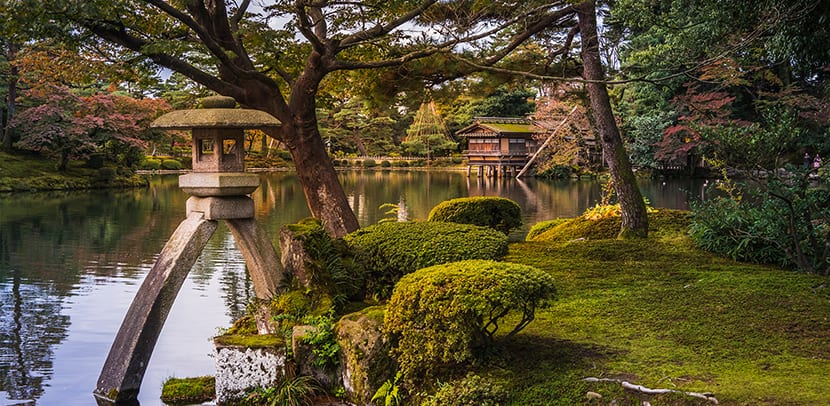
I spoke above about the Kenrokuen Garden as one of the most beautiful gardens in Japan, but the most beautiful for many specialists. It is the outer garden of Kanazawa Castle and was built in the time of the Maeda clan. It only opened to the public in 1871 and abounds with beautiful flowers and trees. Each season is like seeing a different garden.
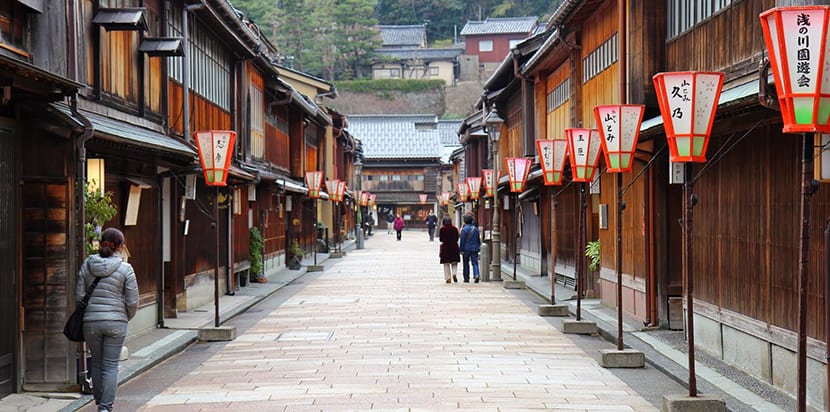
Inside there is a museum of handicrafts, monuments, stone lanterns, a fountain, waterfalls, tea houses ... This park is on the tourist bus route and opens between 7 in the morning and 6 in the afternoon. Admission is just over three dollars. On the other hand we said that Kanazawa is a city that survived the allied bombs so it has many old buildings and many of them are concentrated in the so-called Higashi Chaya district, the one with tea houses and geishas.
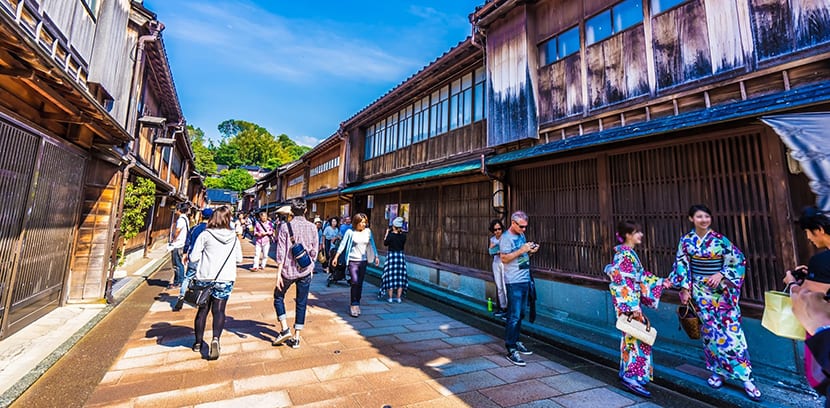
The city has three of these districts of chayas or tea houses run by geishas: Higashi's, Nishi's and Kazuemachi's. Of them, Higashi's is the biggest and most beautiful. There are two tea houses open to the public here, the Kaikaro and the Shima, and many shops and cafes. Chaya Kaikaro opens from 9 am to 5 pm and costs $ 7 and Shina closes an hour later and costs $ 5. Higashi is reached by the loop bus in 10 minutes from the station.
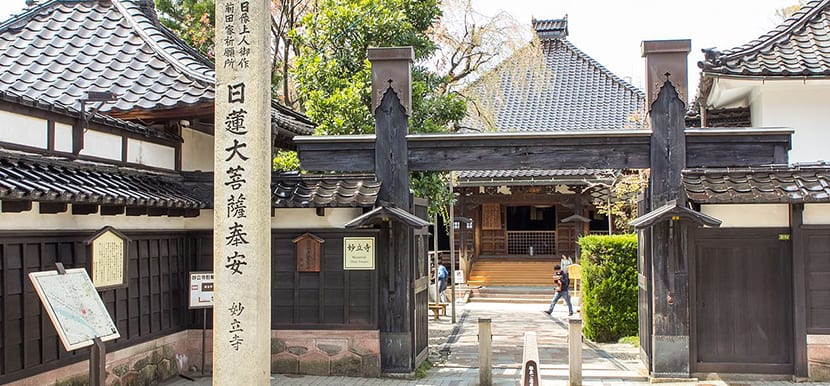
Japan and the ninjas. What a story! And the Maeda Clan had theirs, obviously, so if you like ninjas and samurais you must visit the Myoryuji Temple, also known as the ninja temple. Why? Well, because it has many hidden defensive constructions. It is that the shogun, the most powerful feudal lord of all the feudal lords of medieval Japan, imposed certain construction rules to make his adversaries weak. So, the Maedas, built a building that followed those rules but was different inside.
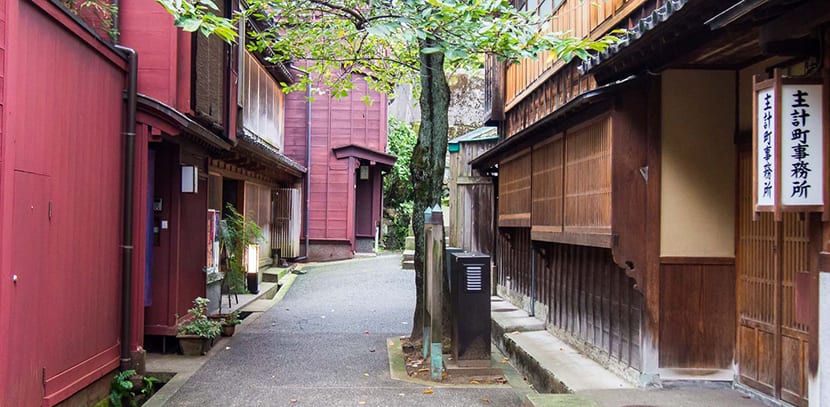
That is, this temple has hidden passageways, escape routes, labyrinthine corridors, defenses. More than a temple, it was a hidden military fort that protected the family castle. Today you can know everything through a tour that although it is in Japanese offers a pamphlet in English- You arrive on the loop bus getting off at the Hirokoji stop. It opens from 9 am to 4:30 pm and costs $ 10.
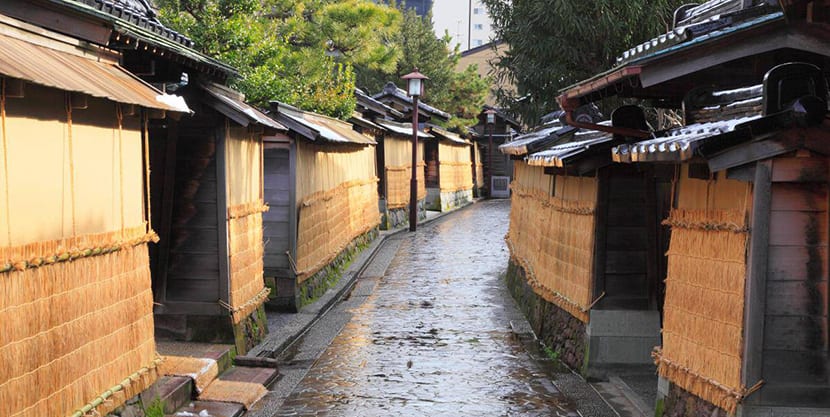
Continuing with the samurai theme we have Nagamachi or the samurai district which is at the foot of the castle. It is where the samurais and their families lived and its streets and houses have preserved that old charm. Houses, private gardens, canals, alleys. You especially can't miss a restored samurai house called Nomurake and the old pharmacy, the Shinise Kinenkan, now a museum. The entrance to the samurai house costs 5 dollars and that of the museum is cheaper, 1 dollar only.

Finally there is the Kanazawa Castle, destroyed and rebuilt several times, even in the XNUMXst century. Admission is free. It is true that perhaps one day is enough to get to know Kanazawa but if you do not like express tourism it is advisable to stay a night or two, if you like the excursions around. One of them consists of taking a walk through the mountainous area of Shirakawago and Gokayama, World Heritage.
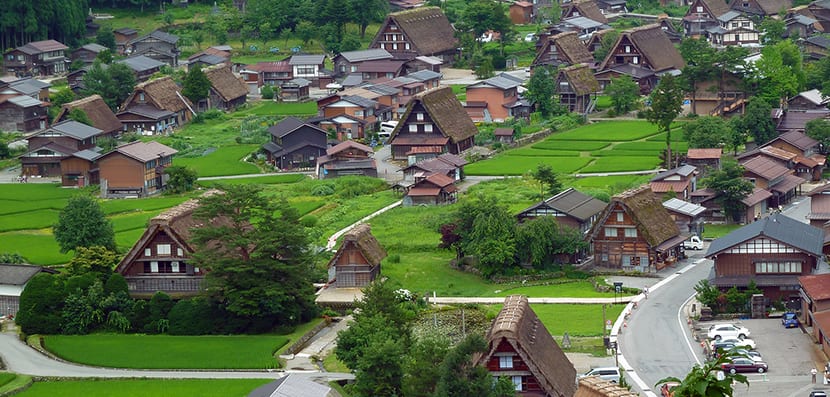
There are a handful of villages with very traditional thatched roof houses, gabled like the hands of the Buddha praying. A particular style that both in summer and winter, when the snow falls and covers them, is striking. They don't have a single nail and wax worms grow in the attic. Of all the villages the most recommended to visit is that of Ogimachi.
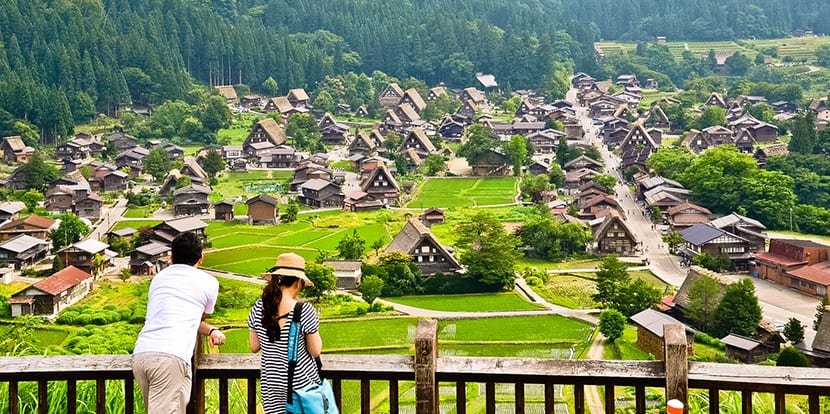
Here you can see the houses in an open-air museum whose entrance costs 6 dollars. For the postcard of the village you must go up to the Shiroyama viewpoint, about 20 minutes from downtown. You get to Ogimachi by bus from Kanazawa. Basically looking at all this you have a nice postcard from Kanazawa. You know, if you get tired of Tokyo skyscrapers, travel, travel, travel.